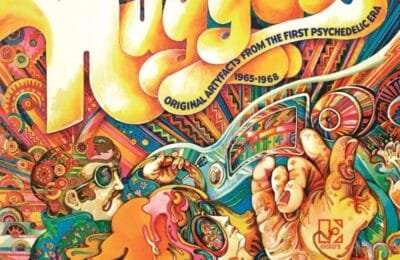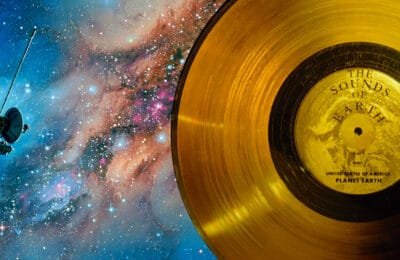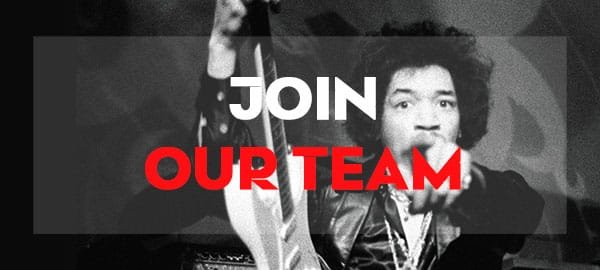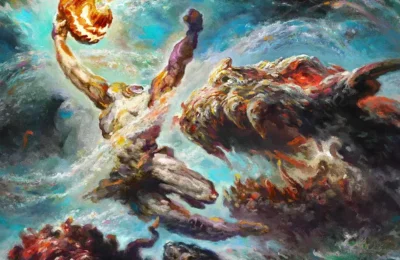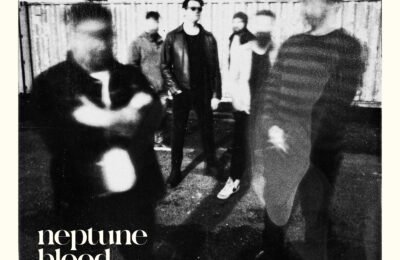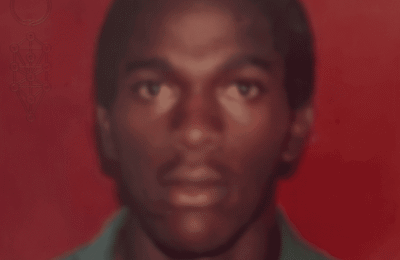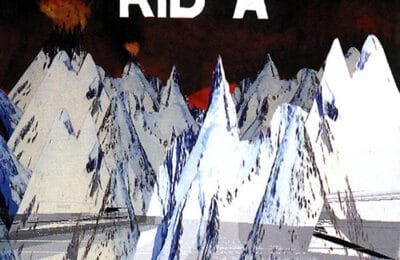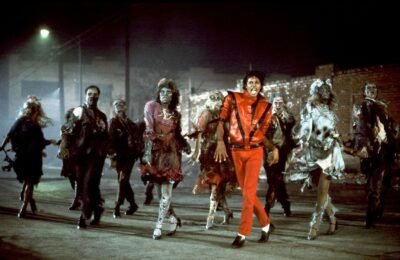The Gilmour Era: The Rebirth of Pink Floyd
A Race Against Time
After Roger Waters‘ departure, the battle for Pink Floyd’s legacy extended beyond the courtroom. Aware that his former bandmates were working on a new album, Waters moved quickly to strike first. His second solo album, Radio K.A.O.S., was released on June 17, 1987, accompanied by a tour. During these concerts, Waters performed his new songs alongside Pink Floyd classics, such as If (1970) and Another Brick in the Wall, Part 2 (1979). His goal was clear: to prove he was the creative heart of Pink Floyd.
Meanwhile, Pink Floyd, now led by David Gilmour, was ready to respond. On September 8, 1987, they released A Momentary Lapse of Reason, officially marking the band’s return. Although Rick Wright rejoined, he was not reinstated as a full member but participated as a session musician. The album was, for all intents and purposes, Gilmour’s project, supported by various collaborators.
Reflecting on this era, Gilmour said, “In 1987, Nick and Rick were broken people. Roger, who could be very harsh, had demoralized them. He convinced Rick he was worthless and had him fired before The Final Cut. Nick wasn’t much better off—he had forgotten how to play drums. A Momentary Lapse of Reason helped rebuild these two men.” However, Gilmour shouldered most of the creative and technical workload, which gave the album a polished but cold, radio-friendly sound.
The Grand Comeback
Despite its shortcomings, the album set the stage for what the band truly craved: performing live. Just one day after the album’s release, on September 9, 1987, Pink Floyd—Gilmour, Nick Mason, and Wright—reclaimed the spotlight at Toronto’s Lansdowne Park Stadium. Tickets for the show had sold out months earlier. Joined by eight additional musicians and singers, the band launched a massive world tour that would span three years, cross five continents, draw over 4.5 million attendees, and rake in $120 million in revenue.
The tour was not only a financial and critical triumph but also a chance for Mason and Wright to regain their confidence as musicians. Capitalizing on the success, EMI released Delicate Sound of Thunder, the band’s first live album, in November 1988. It became another hit, symbolizing Pink Floyd’s professional victory over Waters, who had aimed to prove the band couldn’t succeed without him.
Waters’ Retaliation
Roger Waters wasn’t about to concede defeat so easily. His chance to make a grand statement arrived on November 9, 1989, with the fall of the Berlin Wall. Seeing an opportunity to outshine Pink Floyd on their own turf, Waters organized a colossal performance of The Wall at the Berlin Wall ruins. Held on July 21, 1990, the event featured guest stars like Sinéad O’Connor, Bryan Adams, Van Morrison, and The Scorpions. Broadcast worldwide, the concert was a spectacular success, with proceeds donated to charity.
A Period of Quiet
The following years were marked by relative calm. Waters released his third solo album, Amused to Death, in 1992, while Pink Floyd remained silent. However, behind the scenes, things were stirring. By late 1993, Pink Floyd announced they were working on a new album. Wright was reinstated as a full member, signaling a return to the band’s collaborative roots.
The Return of the Band
On March 30, 1994, Pink Floyd released The Division Bell, recorded aboard Gilmour’s houseboat-turned-studio. While critics accused the album of being derivative, the band was satisfied with their work. Gilmour explained, “Nick and Rick played everything they were supposed to, making this album feel far more like a true Pink Floyd record than anything since Wish You Were Here. Last time, we tried to prove we were still here, which made us loud and heavy-handed. This album reflects us much better.”
The accompanying world tour was even more extravagant than before. Spectacular visuals, inflatable pigs, laser shows, and giant screens adorned the performances. For the first time in years, Pink Floyd played Astronomy Domine as a tribute to Syd Barrett and included the entirety of The Dark Side of the Moon in the setlist. The tour’s success led to another live album, P.U.L.S.E., featuring a now-iconic blinking light on its packaging.
Epilogue: The End of an Era
Following the Division Bell tour, Pink Floyd entered a period of inactivity. Rick Wright released a solo album, Broken China, in 1996, while the group’s output was limited to remastered box sets and live recordings. Fans had little hope for a reunion, though rumors persisted.
Everything changed in 2005, thanks to Bob Geldof, who organized the Live 8 charity concert in Hyde Park, London. Geldof convinced Gilmour and Waters to reunite with Mason and Wright for a one-time performance. On July 2, 2005, Pink Floyd took the stage for the first time in decades, performing classics like Speak to Me, Breathe, Money, and Wish You Were Here.
Fans were ecstatic, and the band members, visibly moved, hinted at future humanitarian reunions. However, this marked the final chapter for Pink Floyd as a functioning band. While Waters, Gilmour, and Mason pursued solo projects, their legacy was cemented as one of the most influential and enduring acts in music history.
For fans, the extensive discography and timeless music of Pink Floyd remain a treasure trove to rediscover, ensuring their legend lives on.


